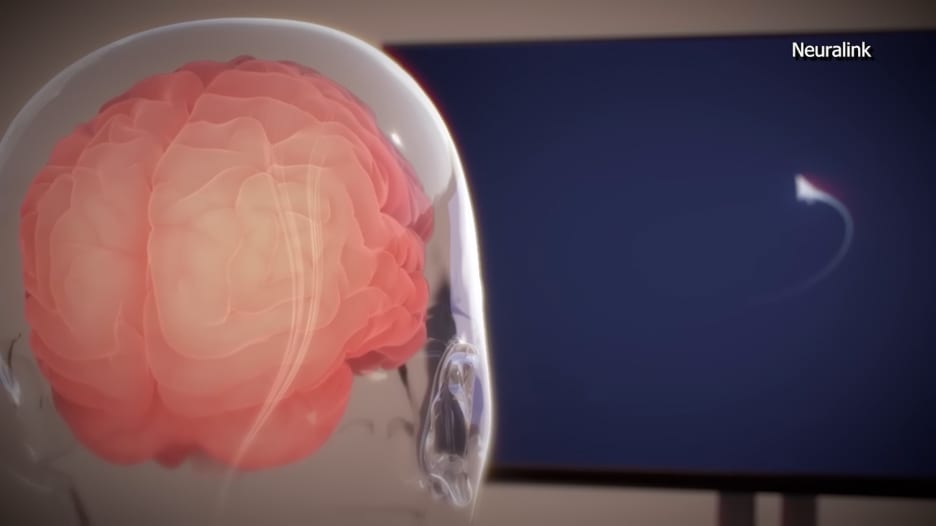دبي، الإمارات العربية المتحدة (CNN)-- وجدت دراسة جديدة أنّ إجهاد دماغك في وظيفتك قد يعود بفوائد تتجاوز تعزيز حياتك المهنية فحسب، إذ قد يحمي ذلك أيضًا قدراتك الإدراكية، ويساعد في منع الخرف مع تقدمك في العمر.
وأظهرت الدراسة أنّ العمل في وظيفة روتينية يوجد فيها تحفيز ذهني قليل خلال الثلاثينيات، والأربعينيات، والخمسينيات، والستينيات من العمر يرتبط بزيادة خطر الإصابة بالضعف الإدراكي المعتدل بنسبة 66%، وزيادة خطر الإصابة بالخرف بنسبة 37% بعد سن السبعين من العمر، وذلك مقارنةً بالحصول على وظيفة ذات متطلبات معرفية عالية.
وقالت المؤلفة الرئيسية للدراسة، والباحثة بمستشفى جامعة أوسلو في النرويج، الدكتورة تراين إدوين: "تُظهر نتائجنا قيمة وجود مهنة تتطلب طريقة تفكير أكثر تعقيدًا كوسيلة للحفاظ على الذاكرة والتفكير في سن الشيخوخة"، موضحة: "مكان العمل مهم حقًا في تعزيز الصحة المعرفية".
وفي رسالة بالبريد الإلكتروني، قال مدير الأبحاث في معهد الأمراض العصبية بفلوريدا، الدكتور ريتشارد إيزاكسون: "البقاء منخرطًا بنشاط في الحياة، والحفاظ على الشعور بالهدف، وتعلم أشياء جديدة، والبقاء نشطًا اجتماعيًا عبارة عن أدوات قوية للحماية من التدهور المعرفي مع تقدمنا في العمر".
وأوضح إيزاكسون الذي لم يشارك في الدراسة الجديدة: "بالمثل، تُظهر هذه الدراسة أنّ المشاركة المعرفية في العمل يمكن أن تتمتع أيضًا بفوائد عميقة خلال معركتنا ضد الخرف".
غالبًا ما تكون الوظائف الروتينية متكررة
حلّلت الدراسة، التي نُشرت الأربعاء في مجلة "Neurology" الأكاديمية الأمريكية لعلم الأعصاب، البيانات الصحية والمهنية لـ7 آلاف نرويجي تمت متابعتهم من عمر الثلاثينيات حتى تقاعدهم في عمر الستينيات.
ولإجراء التحليل، قامت إدوين وفريقها بتصنيف المتطلبات المعرفية لـ 305 مهنة في النرويج.
وغالبًا ما تضمنت الوظائف الروتينية التي لم تُصنَّف كـ"وقائية من الناحية الإدراكية" مهامًا يدوية وعقلية متكررة، كما هو الحال عند العمل في مصنع، وإدارة الحسابات على سبيل المثال، مثل مدبّري المنازل، والحرّاس، وعمال البناء، وسعاة البريد.
ولم تكن الوظائف الأكثر تطلبًا من الناحية المعرفية تعتمد على المهام الروتينية، رُغم أنّ التكرار كان مطلوبًا في بعض الأحيان.
وغالبًا ما تضمّنت الواجبات اليومية: التفكير الإبداعي، وتحليل المعلومات، وحل المشاكل، وشرح الأفكار والمعلومات للآخرين.
وقالت إدوين: "كان هناك محامون، وأطباء، ومحاسبون، ومهندسون فنيون، وأشخاص يعملون في مجال الخدمة العامة في هذه المجموعة، لكن كان التدريس المهنة الأكثر شيوعًا".
ضرورة الاستخدام
بقي العديد من الأشخاص الذين شملتهم الدراسة في وظائف تتمتع بالمستوى ذاته من التعقيد خلال حياتهم المهنية.
وأوضحت إدوين أنّ الأمر شكّل أحد نقاط قوة الدراسة، لأنّه سمح للباحثين بدراسة تأثير نوع الوظيفة مع مرور الوقت.
ومع ذلك، لم تتمكن الدراسة من حساب الاختلافات في الواجبات ضمن فئة وظيفية معينة.
وأكّد إيزاكسون: "رُغم أنّني أتوقع أنّ الأشخاص المعرضين لخطر الإصابة بمرض الزهايمر سيستفيدون من فرص التقدم المهني، وتعلم مهام وظيفية جديدة، وصقل مهاراتهم في العمل على مدى فترة من الزمن، إلا أنّ المزيد من الدراسات ستساعد في توضيح الأنشطة المحددة التي تتمتع بأكبر قدر من الفوائد الصحية للدماغ".
ويمكن أن يساعد اعتماد نمط حياة صحي للدماغ، مثل اتباع النظام الغذائي المتوسطي، والحد من الكحول، والتوقف عن التدخين، والاطلاع على عوامل الخطر الوعائية، مثل ارتفاع ضغط الدم، والسكري، وارتفاع الكوليسترول، وتقييم فقدان السمع والبصر، والحصول على قسط كاف من النوم، الأشخاص على إبطاء التدهور المعرفي.







